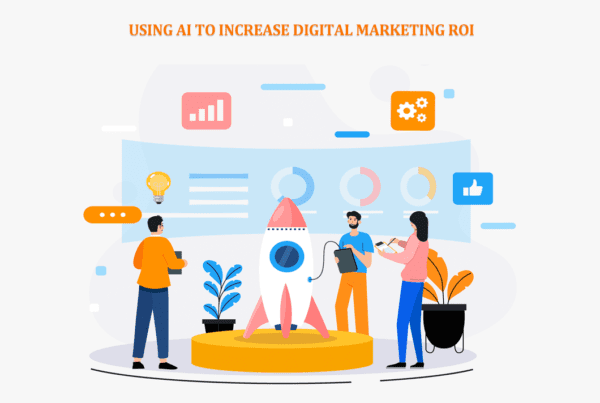Finding an SEO agency isn’t always straightforward; to make the best choice it’s essential to understand your goals and ROI before making a decision.
Look for agencies with experience and proven results in your industry, asking for references and case studies as proof. Be wary of agencies making unrealistic promises; an experienced company will always provide clear pricing models and contracts.

1. Create a mobile-friendly website
Mobile device usage to access the internet has increased rapidly in recent years. Therefore, websites must be designed with mobile in mind in order to provide visitors with a superior browsing experience and increase engagement and conversion into customers. Mobile-friendly websites help visitors enjoy visiting your site more and thus are more likely to convert.
First and foremost, to create a mobile-friendly website it is necessary to make it responsive. This means the content on each page will change to adapt to whatever device it’s being viewed from, while at the same time loading faster; for instance you could remove unnecessary plugins and compress images in order to shorten loading time.
As another way of making websites mobile-friendly, Accelerated Mobile Pages (AMP) technology may also help. AMP allows sites to load faster on mobile devices by decreasing data use per page – and is supported by Google in giving preference to these types of websites when ranking search results on smartphones.
If you want to know if your website is mobile-friendly, Google’s Mobile-Friendly Test tool can help. This tool analyzes your site and gives feedback on ways it could be improved; such as whether text is too small for mobile viewers and whether there are too many touch elements such as buttons or links which may be difficult for fingers to click.
2. Optimize your content
Content optimization is one of the best ways to boost search engine rankings and increase traffic to your website. While content optimization involves many nuanced details, having access to tools for content optimization before it goes live is key in making sure it’s done effectively before being published online.
An effective content optimization strategy requires keyword research, competitor analysis, keyword variations and title, URL and headline optimization – with your target keyword included in both titles and URLs as well as in at least one headline at least. Furthermore, remember to add alt text for images using image tags for even further optimization!
Content optimization also involves making sure that your content is relevant and helpful, with search engines prioritizing content that answers questions or solves problems. Finally, keeping up-to-date is key as search engines reward websites who regularly add fresh material with higher search engine rankings.
SEO is an ever-evolving field, so keeping up-to-date is crucial for its success. A tool such as Clearscope can help keep you ahead of the game by optimizing content to the latest search engine updates. In addition, Clearscope will help prioritize pages for optimization as well as provide a list of optimization ideas you can implement immediately.
3. Create a link building strategy
Backlinks are one of the strongest ranking signals in Google. The more high-quality links a website has, the higher it ranks in search results – but this doesn’t happen automatically; it requires extensive manual work by professional SEO agencies who devote considerable effort into developing sustainable link building strategies.
First, compile a list of potential linkable assets. This could range from blog posts to infographics. Secondly, conduct research into your competitors’ websites in order to observe which types of content resonate well with visitors; observe backlinks that link back to them to get a sense of how their link acquisition strategies are going.
Success with link building ultimately lies with the quality of your content. Avoid buying links or engaging in any other harmful practices which could put your site at risk; Google takes such practices very seriously and may punish your website accordingly.
Focus instead on producing quality content relevant to both your audience and industry. There are various means by which this can be achieved, including guest posting, HARO requests, journalist requests and journalist queries. Furthermore, be mindful that Google’s Hummingbird update prioritizes topical relevance over keywords: it is best used when creating articles that clearly address a query typed into their search engine by users.
4. Use social media
Utilizing social media for SEO promotion is one of the best ways to boost visibility and traffic. Do this by producing and sharing relevant content for your audience with appropriate hashtags to make sure it shows up in search results.
When seeking an SEO agency, be sure to ask for case studies and testimonials from past clients as this will allow you to assess if the agency fits with you as well as give an idea of the results to expect from their work. If they cannot provide this evidence then alternative options should be explored.
Avoid agencies who make promises they cannot keep. Such organizations often operate under unrealistic assumptions and cannot deliver real results for you. A legitimate agency will explain how they can increase SEO rankings and traffic while setting realistic expectations about when results may appear.
Selecting an SEO agency can be daunting, yet choosing a partner with the appropriate skills can have a tremendously positive effect on your business. By doing your research and avoiding common pitfalls when researching agencies, you will eventually find one suitable for your organization.









